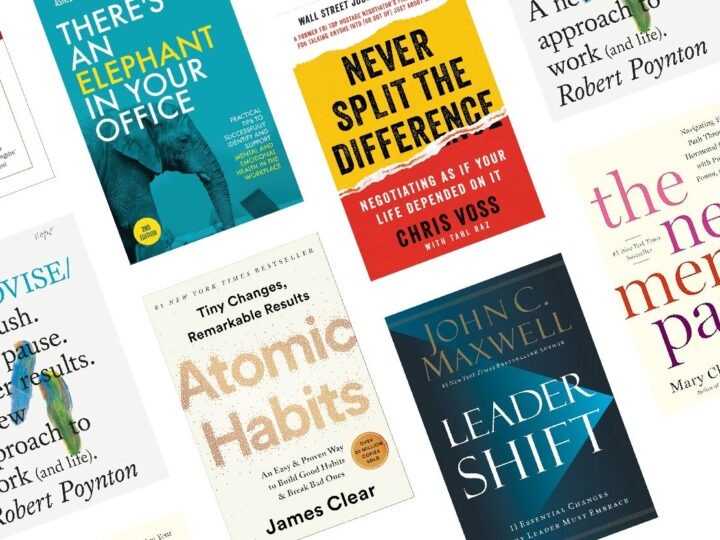Diversity, equity, inclusion and belonging (DEI&B) are corporate values that show support for all types of individuals in the workplace. Yet not all segments of the employee population feel equally about their employers’ DEI&B efforts. We’re taking a closer look at how LGBTQ employees, members of different generations and women perceive employer inclusion efforts.
All employees feel DEI&B efforts need improvement.
Across the board, more than 60% of employees in our DEI&B survey said their company is not doing enough to foster DEI&B in the workplace. A huge number—89%—said their company has DEI&B programs and policies in place, but they question their employer’s commitment.
Our study paid particular attention to the concept of “belonging” in the workplace, which is emerging as an important aspect of the employee experience, in addition to diversity, equity and inclusion. In a nutshell, it means the degree to which people feel their uniqueness and the different parts of their identity—race, sexual orientation, or even being a parent—are accepted and valued by the organization and coworkers.1
On the issue of belonging, we found that over 57% of employees felt their companies fell short in ensuring that they felt included and valued—compared with 43% of respondents citing diversity, 53% citing equity, and 48% citing inclusion as needing improvement. Social belonging is a fundamental human need, hardwired into our DNA. When people say that they feel isolated at work, the result has been lower organizational commitment and engagement.2
Now let’s look at how different segments of the population feel about DEI&B efforts.
LGBTQ employees struggle with belonging more than other employee segments.
LGBTQ employees reported being most impacted by issues related to belonging, as compared with other groups. Sixty-five percent reported companies need to do a better job of fostering belonging, and 2 in 5 reported they feel undervalued.
Younger generations want employers to do more in the DEI&B space.
Gen Z is more likely to report their company is not effective at holding its leaders accountable and encouraging employees to bring their authentic selves to work. Millennials are more likely to report they want to work for a company that values DEI&B in the workplace, and struggle more often with belonging. Compared to other generations, Gen X is less likely to report they would personally benefit if their company were committed to DEI&B.
Organizations aren’t doing enough to make women feel like they belong.
Compared to men, women are more likely to have negative feelings about their company: 38% percent of women feel undervalued versus 28% of men; 27% percent feel like an outsider, compared to 21% of men; and 22% feel unfairly excluded while 18% of men feel this way.
Why is it important for employers to ensure DEI&B efforts reach all populations?
Well-being is holistic, so when one dimension of well-being is impacted over time, other dimensions can suffer. For example, when people feel excluded at work it can affect their mental and emotional health, causing negative implications for physical health down the road. Belonging is about being respected and valued. A culture of belonging has become essential for attracting and retaining talent.
Here are some ways employers can ensure that inclusion efforts are truly inclusive:
- Create greater awareness of the ways in which different segments of the population experience the workplace via Employee Resource Groups (ERGs) or by appointing DEI&B program champions.
- Go beyond “check-the-box” activities like hosting a Pride or Women’s History Month event with thoughtful, year-round programming.
- Embed DEI&B measures into performance reviews to support meaningful improvement and progress on DEI&B initiatives.
- Continue to survey different population cohorts to uncover how DEI&B efforts are making an impact.
- Examine your well-being program to ensure it is as inclusive as possible.
DEI&B is about more than just hiring from a diverse candidate pool or posting a rainbow flag. It’s about fostering an environment that integrates DEI&B values into everyday work so that everyone can succeed. But, similar to well-being, one size doesn’t always fit all. As our analysis shows, it’s critical to gain an understanding of how different segments of your population experience the workplace in order for DEI&B efforts to be truly felt and appreciated. For help creating a workplace that values diversity, equity, inclusion and belonging, contact us at connect@webmd.net.










